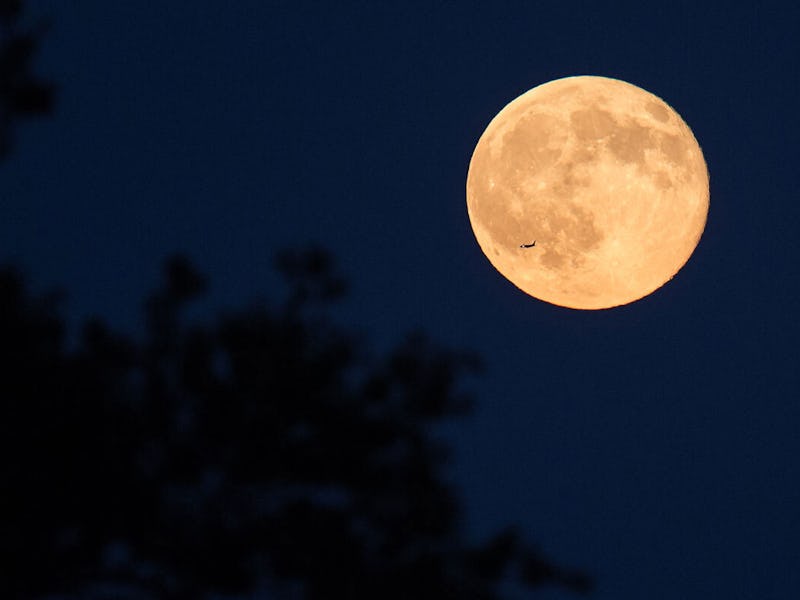Full Buck Moon 2021: How to see summer's gorgeous first full Moon
The full Moon will rise in the skies on July 23.

This month’s Full Moon comes with a little bonus.
On July 23-24, the Full Buck Moon will illuminate the summer skies while commemorating buck deer growing out fresh new, velvety antlers. In a rare cosmic encounter, the Full Moon will swing past the planets Jupiter and Saturn in our view of the night sky.
Here’s what you need to know and how to see this cosmic coincidence.
Why is it called a Buck Moon?
The full Moon will be shining at its brightest as it positions itself on the opposite side of the Sun from our Earthly view.
July’s Full Moon is also known as the Buck Moon, named so by Native American tribes as it coincides with the time that buck deer start developing new antlers. It is also known as the Hay Moon, since it also happens to be around the hay crop season, and Thunder Moon due to the frequent summer showers at this time.
The full Moon will illuminate the night skies on July 23, appearing at its brightest all month.
When to see the Full Buck Moon
The Full Moon will be fully lit in the night sky on the two nights of July 23 and 24.
The Moon will begin rising at 8 p.m. Eastern and be 100 percent full at 10:37 p.m. Eastern. During that time, the Moon will be at a 180-degree elongation from the Sun, according to EarthSky.
A Full Moon takes place when the Earth is wedged between the Sun and the Moon at exactly opposite ends with the side of the Moon facing the Earth becoming fully illuminated by the Sun’s beaming light.
This is what causes various moon phases with the Moon in relation to the Sun and Earth.
A Jupiter and Saturn alignment
This month’s Full Moon also comes with an added treat as two popular sky-viewing planets can be seen along its trail.
On the night of the Full Moon, the planets Jupiter and Saturn will appear as though they are following the Moon westward across the dome of the sky.
The Moon crosses the path of all of the planets of the Solar System each month, but this month it happens to pass by Jupiter and Saturn while it is fully illuminated.
Although in real distances, the Moon does not travel any closer to the two planets, it will appear chummy with Jupiter and Saturn from our view from Earth.
How to see the Buck Moon
In order to view the Full Moon, look towards the east around the time that the Moon rises in the sky. It will move towards the west over the course of the night.
Editor’s note: This post has been edited to clarify the time of moonrise and that 10:37 p.m. is when the Moon will be astronomically full, not when it will begin to rise.